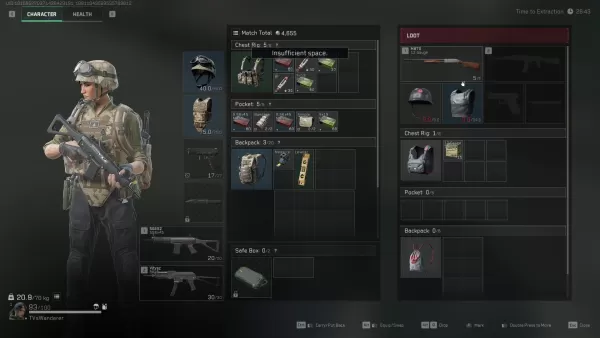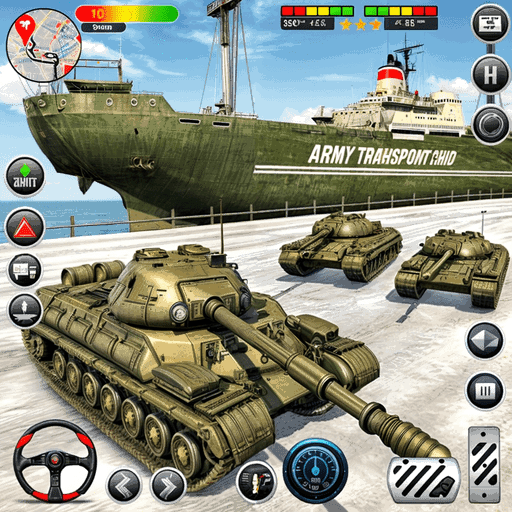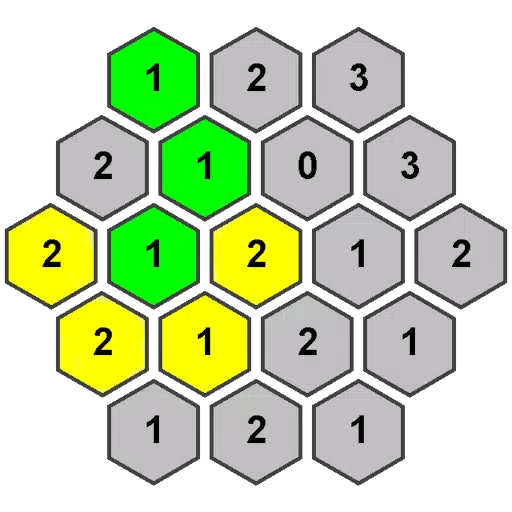Operations mode in Delta Force, also known as Hazard Operations or Extraction mode, is the game's pulse-pounding core. Whether you refer to it as Operations or "raiding," the mission remains consistent—parachute in, gather valuable gear, and escape before hostile players or AI enemies eliminate you. A key element of this mode, similar to other extraction shooters, is the high stakes: everything you bring into the game is at risk of being lost upon death.
This comprehensive guide dives deeper than mere survival strategies. Here, you'll gain insights into the mechanics of Operations mode from beginning to end, including how to manage the pacing of your run, handle your gear effectively, and make strategic decisions that accumulate value over time. If you're only seeking survival tips for Operations mode, be sure to visit our blog where we have a dedicated guide on the subject.
Whether you're playing solo or with a squad, understanding the game's mechanics is crucial for playing more efficiently and effectively.
What Operations Mode Actually Is
Delta Force's Operations mode is a dynamic PvPvE sandbox where each match presents unique challenges. You, along with up to two other players, enter a live map teeming with AI soldiers, loot locations, and competing teams. The objective is to gather as much loot as possible and successfully extract before you're taken down.
Unlike traditional shooting modes, there's no score to pursue. What you manage to extract becomes part of your permanent inventory outside of the raid. Conversely, should you meet your demise, you'll lose everything you were carrying, except for items secured in your Safe Box. This risk-and-reward dynamic is what injects Operations mode with its intense atmosphere—even if your haul consists solely of medical supplies and a stealthy exit.
Loadout Planning and Inventory Control
Your journey to success begins before you even set foot on the map—it starts with crafting an optimal loadout tailored to the situation. Every match requires an entry fee, making your loadout choices critical. The essentials—helmet, armor, chest rig, backpack—are mandatory for deployment. However, what you decide to carry beyond these basics can significantly influence your gameplay strategy.

Extraction zones are typically fixed, though some maps feature dynamic elements such as elevators or enemy checkpoints. Always have an exit strategy planned before venturing deep into looting territory.
Loot Smarter, Not Harder
Each item in Operations mode carries a sell value, but not all are worth the associated risks. Early on, prioritize collecting healing items, weapon attachments, and rare electronics—these are compact, valuable, and can be stashed in your Safe Box if necessary.
While heavy weapons or armor might seem appealing, they can slow you down and consume valuable space. Carry them only if you're confident in your ability to extract, or if you're close to your exit with nothing more to lose.
A useful tip for newcomers is to steer clear of major loot areas during the initial minutes. Allow other teams to engage in combat, then swoop in to collect the spoils. If playing solo, focus on looting the periphery of the map and circle back later. You'll be amazed at the quality of items left behind after a heated team skirmish.
Picking the Right Operative
The Operative you choose shapes your gameplay style in Operations mode. Not all Operators are suited for stealth or loot-centric play, so select one that aligns with your objectives.
Luna and Hackclaw excel in providing intelligence and mobility. Luna can tag enemies and disrupt advances with her shock arrows, while Hackclaw moves silently and executes stealthy takedowns with her knife. Stinger's healing capabilities make him ideal for team runs, especially when supporting more aggressive teammates.
Steer clear of Operatives with loud or conspicuous abilities unless your strategy involves direct confrontations. Characters like D-Wolf are entertaining, but they tend to draw too much attention in a mode where staying under the radar often yields better outcomes.
Fight When It Matters
In Operations mode, choosing your battles wisely is more important than emerging victorious from every encounter. PvP engagements can yield gear and XP, but they also consume time and attract unwanted attention. Engage only when necessary or when it's the most advantageous move.
If you find yourself in a firefight, keep moving and aim to end it swiftly. Utilize your abilities to gain an edge—Luna's detection arrow can reveal players hiding behind cover, while Stinger's smoke grenades provide cover for healing or retreating.
Remember, you can always scavenge from fallen foes later. If two teams are clashing, hang back and let them wear each other down. Third-partying is risky, yet it's one of the most effective ways to secure gear without having to outgun everyone.
Making the Most of Each Match
Every raid offers an opportunity to accumulate value, hone your skills, or gain new insights. Don't dwell on a poor run; instead, use it to refine your strategy for the next one.
Save your credits during a losing streak and play more strategically when you're on a roll. Upgrade your Safe Box as soon as possible, experiment with different Operator configurations, and explore the maps to identify the most lucrative loot routes.
As you progress, your focus will shift from mere survival to optimization. This is when Operations mode becomes truly engaging.
Delta Force's Operations mode transcends simple loot-and-run gameplay. It's a sophisticated blend of risk, planning, and strategic decision-making. Construct your loadout with intention, loot with caution, and know when to engage or retreat. And remember, each loss is merely a stepping stone that makes your eventual triumphs all the more rewarding.
For the ultimate gaming experience, consider playing Delta Force on PC using BlueStacks. Enjoy faster load times, precise control, and easier gear management. It's the optimal way to stay competitive while mastering the game's intricacies.
 Home
Home  Navigation
Navigation






 Latest Articles
Latest Articles










 Latest Games
Latest Games












